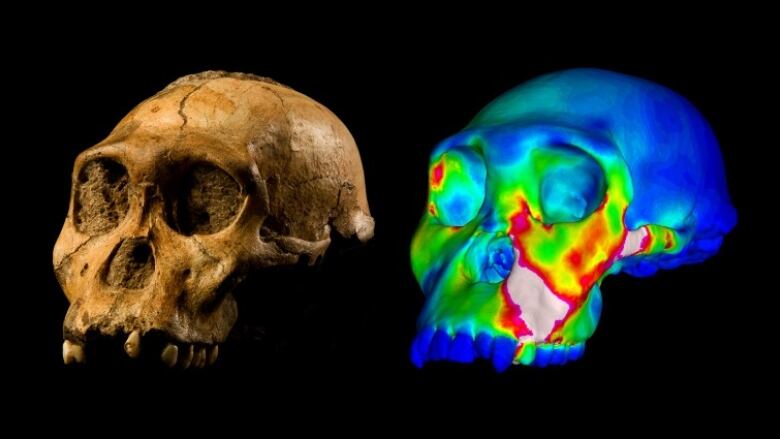Early human relative was weak in the jaw
Like modern humans, an ancient relative couldn't have dealt with harder foods, which signalled a dietary shift that was important for the path of human evolution.
Limits of the jaw shed light on a shift in diet significant for human evolution.


A new species of early human relative - Australopithecus sediba - was identified in 2010. Two years later, a study of the teeth from the two fossil skeletons found in South Africa suggested a 'hard' diet, including tree bark, fruit, leaves and other plants.
But a recent follow-up study by Dr. David Strait, a Professor from The Department of Anthropology at Washington University in St. Louis, has found that the jaw was not capable of generating enough bite force for Australopithecus sediba to exist on a steady diet of this type of food.
The researchers believe the diet was in transition and therefore shaping the evolutionary path of early humans, who have a similar jaw limitation. They conclude that it is possible Australopithecus sediba is a close evolutionary relative of the Homo genus, which includes humans.
Related Links
- Paper in Nature Communications
- Washington University in St. Louis release
- The Independent story